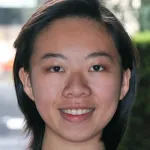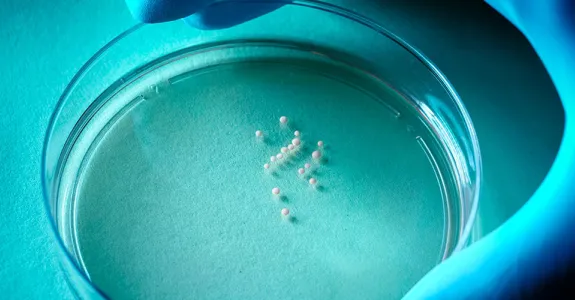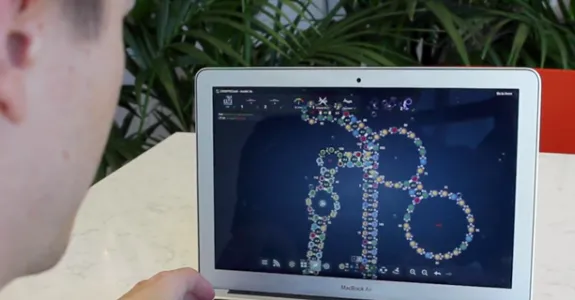
As a practicing dermatologist, Dr. Howard Chang is fascinated by what makes human skin from different parts of the body different, a fact that guides the diagnosis and treatment of many skin diseases. Why do long hairs grow on the scalp but not on our palms or soles? How do cells know where they are located in the body, and how do they remember this information?
Dr. Chang's lab discovered that one class of skin cells, the fibroblasts, encode the positional identity of skin via specific markings on their chromatin, the DNA-protein complex where genes reside. Based on the chromatin configurations of specific genes, most notably the HOX genes, fibroblasts differentially activate hundreds of genes based on their the cells location along three anatomic axesanterior-posterior (head to tail), proximal-distal (close or far away from the trunk), and dermal-nondermal (surface or internal organ). This in effect creates a global positioning system for all cells to navigate.
The Chang lab is focused on how the activities of hundreds or even thousands of genes (gene parties) are coordinated to achieve biological meaning. They have pioneered methods to predict, dissect, and control large-scale gene regulatory programs; these methods have provided insights into human development, cancer, and aging. A particular interest is how cells know and remember their locations in the body, particularly with the help of long noncoding RNAs.













